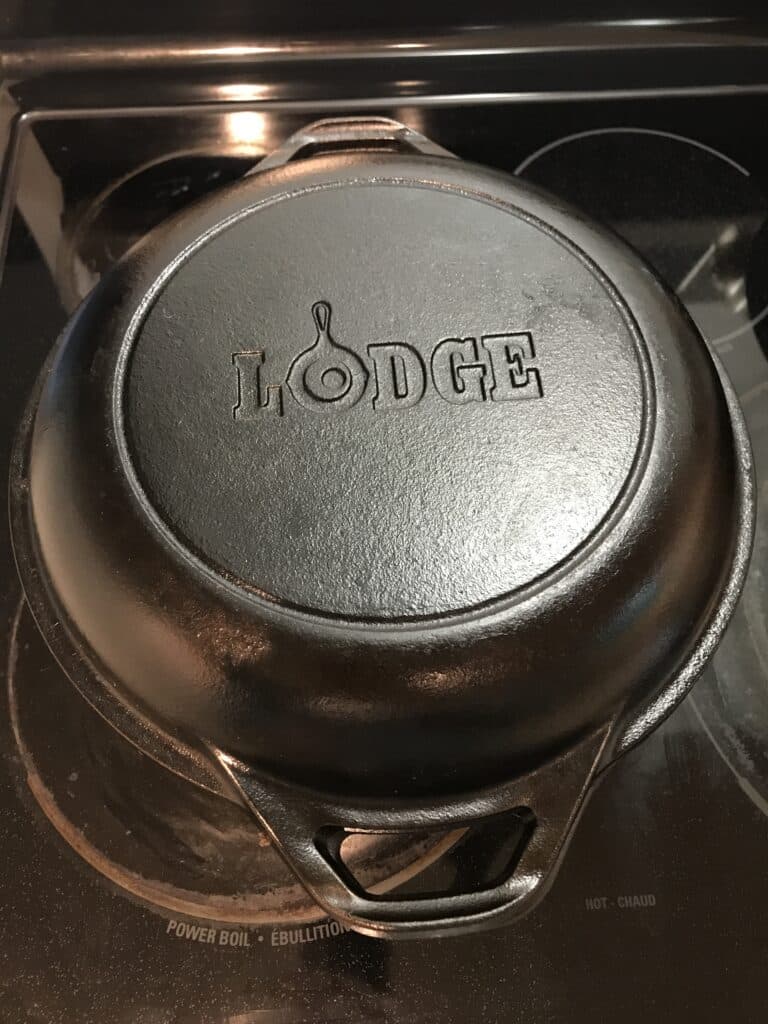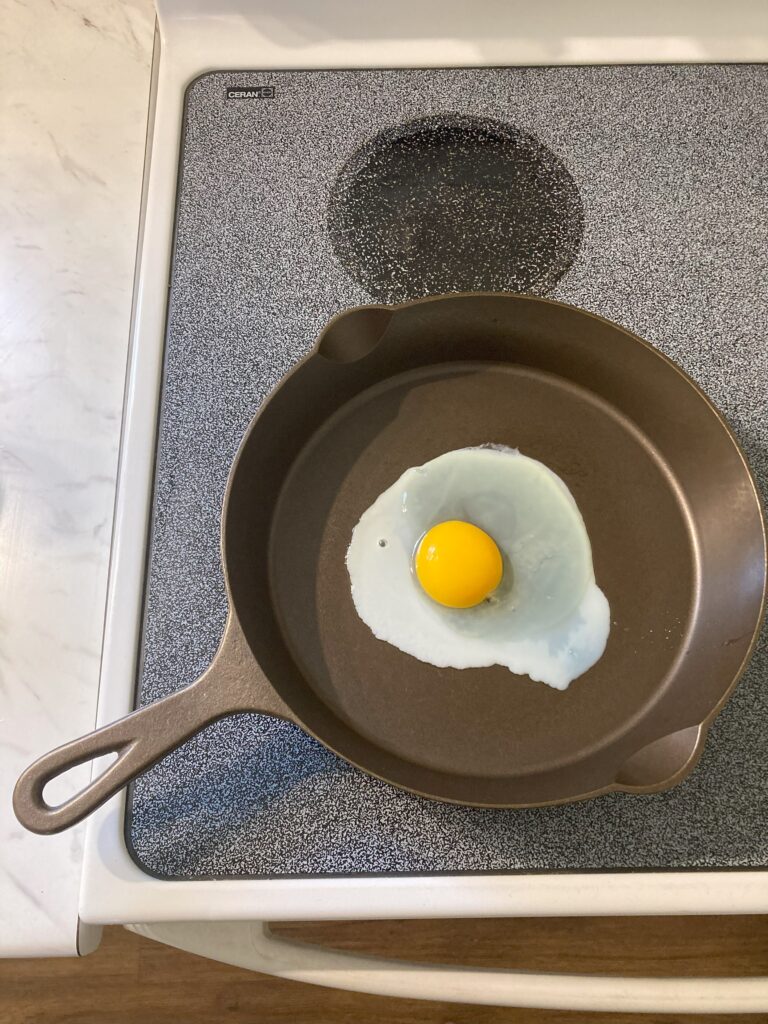Cast iron is, by far, my favorite form of cookware. After all, I’m a dedicated multitasker, so I rather enjoy getting a workout while I cook. I’m only partly kidding; cast iron cookware is heavy, so it’s not ideal for everyone. For those who can handle the weight of these pans, however, it’s a fantastic eco-friendly, safe, non-toxic choice for the kitchen.
Why I love cast iron cookware
Cast iron is hard-wearing and long-lasting, which makes up for its slightly higher price point compared to some other types of cookware. Cast iron is also easy to cook with as it can be heated to high temperatures and distributes heat evenly.
You can use cast iron on any stove top, but be careful with them on a glass or ceramic stove top. The pans are heavy and can scratch or smash these surfaces if you’re not careful. One of my favorite things about cast iron is its adaptability; I can start out a dish, such as a chickpea soccatata, on the stovetop and just pop the whole pan in the oven to let it continue baking. The same goes for making a delicious pie in a cast iron Dutch oven – sauté your vegetables on the stovetop, make your roux and gravy, then add your puff pastry or filo pastry and put it right in the oven to bake. A one-pot meal that tastes magical.

Although I didn’t inherit any cast iron pans, I love that cast iron can last for generations if you follow some basic care practices. I certainly plan to pass on my cast iron collection to the next generation when I’m older. This also means it’s a great thrift store or yard sale find.
If you do pick up second hand cast iron from a store or sale, though, I’d highly recommend giving it a really good scrub to remove any seasoning or rust patches and starting the seasoning from scratch. If it’s from a family member or friend, you may well want to leave the seasoning as is; it may even add flavor to your food if you have a well-seasoned pan.
Well-seasoned cast iron also has some natural non-stick properties, which can help reduce how much oil you need while cooking. Cast iron tends to hold onto its seasoning better than carbon steel, but it can take a little longer to season right.
How to season a cast iron pan
To maintain seasoning, avoid using soap to clean cast iron cookware. Instead, wipe away grease and food residues and rinse the pan in warm water once it is cool. To re-season a pan, place it over a moderate to high heat for a minute or two, add oil to coat the pan and remove the pan from the heat. Let the pan cool, then wipe away any residual grease. Use the pan as normal next time you cook.
Will cooking with cast iron boost my iron levels?
One reason I began to build a collection of cast iron pots and pans, other than because I like cooking with them, is because cooking with cast iron may increase the iron content of food. As a thirty-something woman who has had very low iron levels in the past, I get regular testing to make sure my levels of ferritin and hemoglobin are good.
Interestingly, despite cooking regularly with cast iron for a good few years, I have not seen an improvement in my iron status. It may be, of course, that my iron levels would be dangerously low if I hadn’t been cooking with cast iron. This is one experiment I’m not too eager to try, so I’ll continue cooking with cast iron and taking my easily absorbed daily iron supplement.
This is not to say that cooking with cast iron won’t increase your iron levels, though, and it’s important to bear in mind that this can be either a bonus or a disadvantage of cast iron, depending on your current iron status. More iron is released from cast iron cookware if you use it to cook acidic foods such as tomato sauce. For people with low iron levels (including many children in developing countries), cast iron cookware offers an easy way to boost iron intake (R). For anyone in danger of iron overload, however, it’s best to avoid cast iron pots and pans.

If you like the idea of cast iron but it feels too heavy for you to comfortably handle, consider carbon steel cookware instead. Carbon steel is lighter but has many similar qualities to cast iron. And, if you like the way cast iron cooks but don’t like the industrial black aesthetic, consider a metal-ceramic cookware set where a small amount of cast iron is coated in a lighter ceramic finish.
Looking for the best cast iron cookware around? Check out my review of Lodge!